Pad See Ew – the popular Thai stir fried noodles straight from the streets of Thailand made at home! While Pad Thai is sweeter and nuttier, Pad See Ew is salty, balanced with a touch of sour and a wonderful chargrilled flavour which you can create at home!
This is a reader-favourite recipe included by popular demand in my debut cookbook “Dinner”!

Pad See Ew
Pad See Ew, which means “stir fried soy sauce noodles”, is an extremely popular Thai street food meal and one of the most popular noodles dishes at Thai restaurants here in Australia.
Making a great Pad See Ew at home simply comes down to two things:
The right sauce. Basic recipes online will instruct you to use little more than just soy sauce and sugar. It takes a little more than that!
Caramelising the noodles – Getting a little caramelisation on the noodles makes all the difference between an “ok” and “wow, it’s JUST like you get at restaurants!”.
The trick? Remove the stir fry ingredients. Cook the noodles with sauce separately. Less stuff in the wok (or skillet) = easier to caramelise the noodles. At least, at home. If you’ve got a giant restaurant wok burner, you don’t need to do the noodles separately!
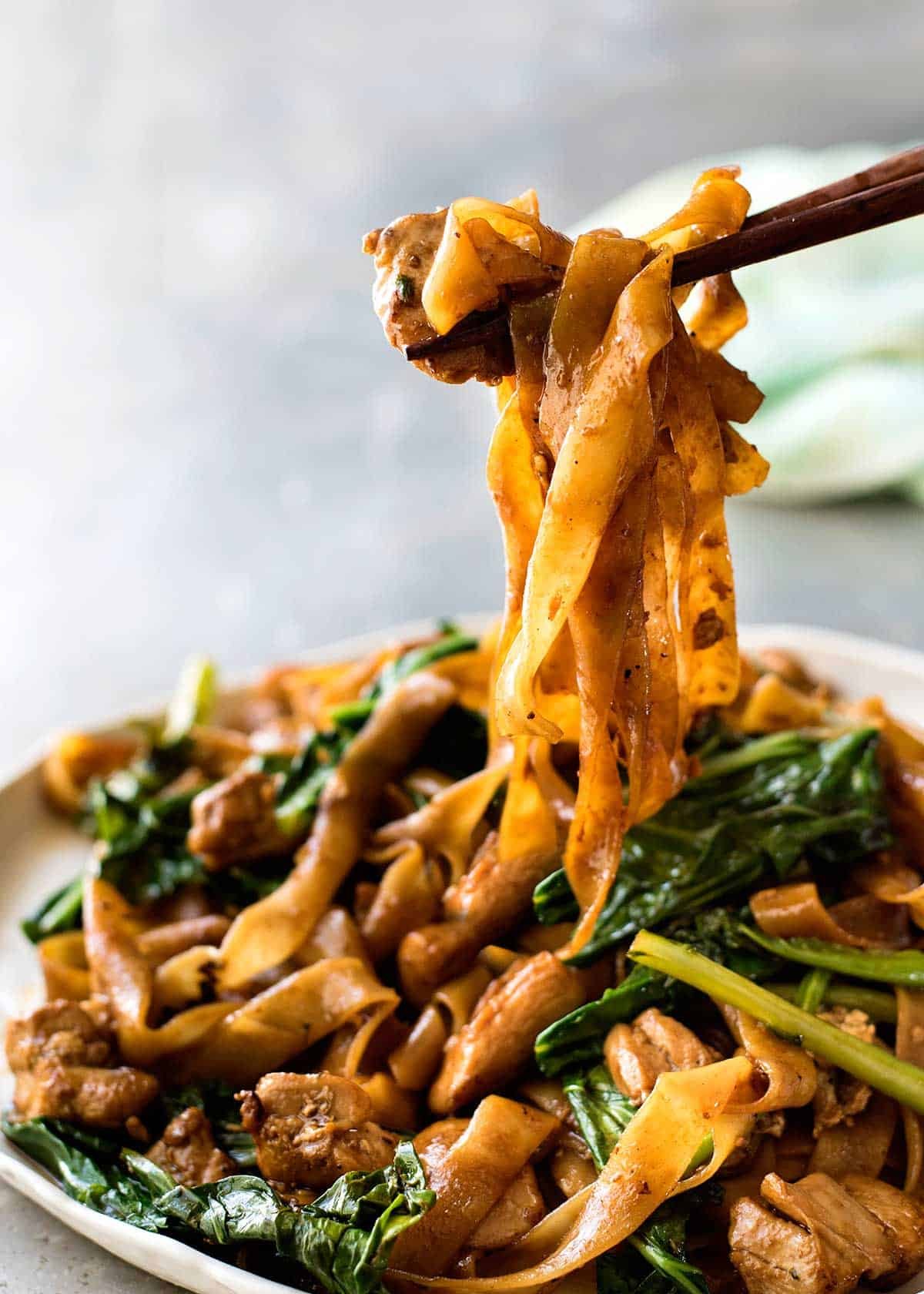
What goes in Pad See Ew
I can’t remember where I originally got the recipe from. Probably from David Thompson, the famous Australian chef who has dedicated his life to mastering the art of Thai cooking. I’ve made it so many times over the years, I can almost make it with my eyes closed. (Not really….but you know what I mean!)
So I had to actually measure the ingredients properly to share the recipe!
1. Pad See Ew Sauce ingredients
Pad See Ew has a sweet-savoury-touch-of-sour flavour, and this is made with a combination of the following ingredients:
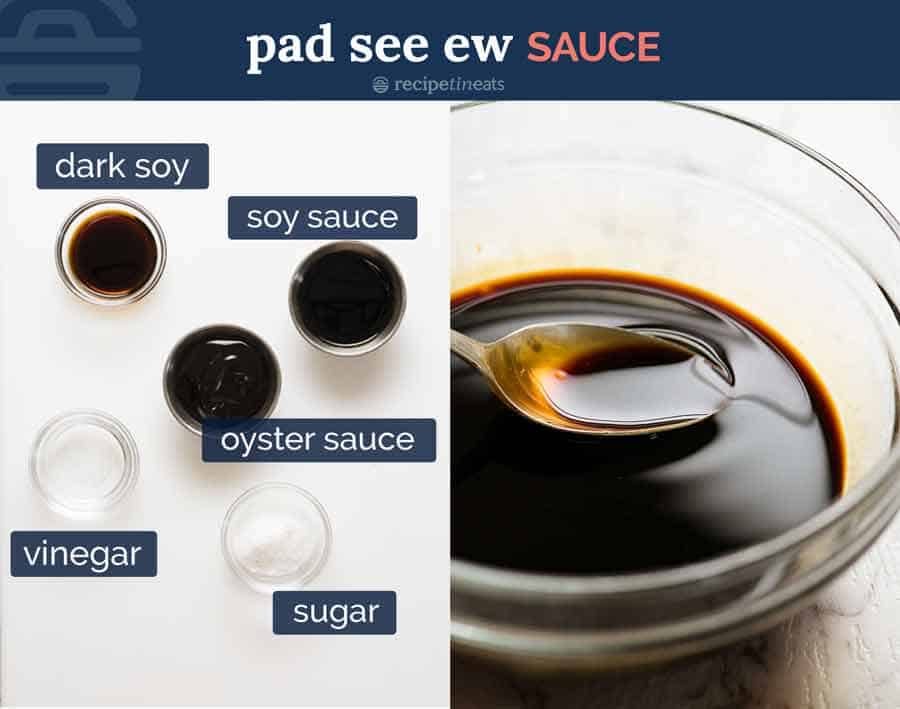
Dark soy sauce – For flavour and staining the noodles a dark brown.
Ordinary or light soy sauce – For seasoning (salt) and a bit of flavour. Most of the flavour comes from the oyster sauce and dark soy sauce. More on different soy sauces and when you can substitute with what in this About Soy Sauces post.
Oyster sauce – Key ingredient, it’s like 10 difference sauces mixed up in one bottle!
Vinegar – To balance the sweet and savoury. Some form of sour is a key ingredient in South East Asian cooking!
Sugar – For sweetness.
2. Pad See Ew ingredients
And here are the other ingredients for Pad See Ew:

Noodles – Pad See Ew is traditionally made with Sen Yai, which are wide, thin fresh rice noodles that are not easily accessible. Even most Asian stores in Sydney do not sell them – you usually need to go to a Thai grocery store.
So it is perfectly acceptable, and just as delicious, to make them with any wide flat rice noodles. I use dried rice noodles labelled as “Pad Thai” Rice Noodles (pictured below) because they are the widest available at the supermarket.
Once rehydrated, they’re essentially Sen Yai Noodles – just not quite as wide.
Chinese Broccoli / Gai Lan – This is a key authentic ingredient in Pad See Ew. Otherwise known as Gai Lan or Kai lan, it’s leafy and looks quite different to broccoli, but you’ll notice a similarity in the texture of the stems (hence the name).
If you can’t find it, just sub with other Asian greens, or a combination of broccoli or broccolini + spinach.
Chicken and egg – Feel free to use other proteins if you wish. But chicken is by far the most popular.
How to make Thai Stir Fried Noodles
Usually when making stir fried noodles, we toss everything together in one big pan or a wok.
But for Pad See Ew made at home, I do things differently to best replicate a restaurant flavour and minimise noodle breakage:
Cook chicken and vegetables first, then remove
Add noodles and sauce, toss to caramelise (just 15 seconds), then add chicken and vegetables back in.
Reason: A signature flavour in Pad See Ew is the caramelisation of the noodles. Restaurants and street vendors achieve this with super powered gas stoves with fiery heat that you’ll never find in a home kitchen. The only way to replicate that caramelisation on the noodles on a home kitchen stove is to declutter the wok and cook the noodles separately – the noodles will caramelise in 15 seconds.
The other reason is that rice noodles break if you toss them too much. Doing the two-stage toss makes it much easier and faster to disperse the sauce and bring the Pad See Ew together.
Trust me on this point. I’ve made a LOT of Pad See Ew at home in my time, and the two-stage toss it the easiest and most effective technique!

Garlic, chicken and Chinese broccoli STEMS first – Using either a wok or large skillet set over high heat, heat the oil then sauté the garlic until it goes light golden. Add the chicken then once it mostly changes from pink to white, add the Chinese broccoli stems which take longer to cook than the leafy part.
Once the chicken is cooked (it should only take 2 to 3 minutes), toss the Chinese broccoli leaves in and cook for 30 seconds or so just until wilted.
Push everything to the side to make room to scramble the eggs on the side. This is the traditional Thai way of scrambling eggs in Pad See Ew!
Crack egg straight into the wok.
Scramble egg – Then mix to scramble it. Speed is of the essence here – we want scrambled egg not a sunny side up egg!
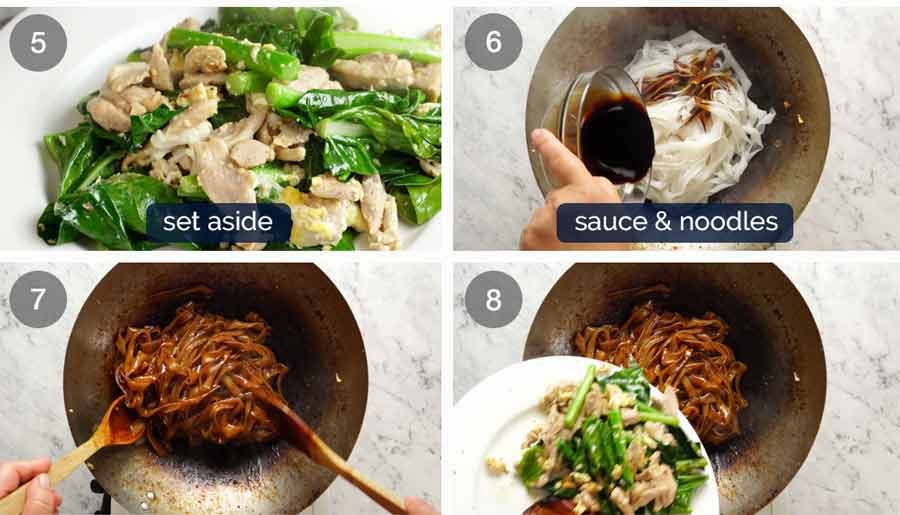
Empty wok – Remove the chicken and vegetables onto plate. As mentioned above, the best way to cook Pad See Ew at home is to cook the noodles separately so we can get some nice caramelisation on them. If we don’t do this, then the noodles just stew instead of caramelising.
Add noodles and sauce into the wok.
Toss quickly for 1 to 1 1/2 minutes until the sauce is dispersed throughout the noodles and you see some caramelisation on the edges.
PRO TIP: You want to be quick here because the longer and more you toss, the more noodle breakage you have. You’ll notice restaurants typically toss the noodles in the wok without using a wooden spoon or other tool for stirring – this too helps to minimise noodle breakage.
A note on Noodle Breakage – That said, you WILL get some noodle breakage, and that is normal / perfectly acceptable. Ever notice how the wide, flat noodles in Pad See Ew served at Thai restaurants are not long strands? That’s just the way it is. In fact, traditionally, Pad See Ew is served in Thailand with a FORK or spoon instead of noodles for ease of eating.
Add chicken and veg back in – Once the noodles are caramelised, add the chicken and vegetables back in. Give it a quick toss just to disperse, then serve!

As with all stir fries, once you start cooking, it moves very fast! So have everything prepared and ready to throw into the wok because there’s not time to be scrambling around the kitchen!
If you want to add a fresh side, try this Asian Slaw – it’s a great all rounder that goes with all Asian foods. – Nagi x
Watch how to make it
This recipe features in my debut cookbook Dinner. The book is mostly new recipes, but this is a reader favourite included by popular demand!
Hungry for more? Subscribe to my newsletter and follow along on Facebook, Pinterest and Instagram for all of the latest updates.
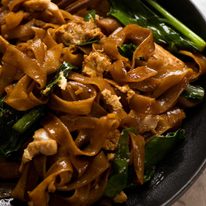
Pad See Ew – Thai Stir Fried Noodles
Ingredients
Noodles
- 200g / 7 oz dried wide rice stick noodles , or 15 oz / 450g fresh wide flat rice noodles (Sen Yai) (Note 1)
Sauce
- 2 tsp dark soy sauce (Note 2)
- 1 1/2 tbsp oyster sauce
- 1 tbsp light soy sauce (or all purpose, Note 3)
- 2 tsp white vinegar (plain white vinegar)
- 2 tsp sugar (any type)
Stir Fry
- 3 tbsp peanut or vegetable oil , separated
- 2 cloves garlic cloves, very finely chopped
- 1 cup / 150g / 5oz chicken thighs (boneless, skinless), sliced (Note 4)
- 1 large egg
- 4 stems Chinese broccoli (Note 5)
Instructions
Preparation:
- Chinese Broccoli – trim ends, cut into 7.5cm/3" pieces. Separate leaves from stems. Cut thick stems in half vertically so they're no wider than 0.8cm / 0.3" thick.
- Noodles – Prepare according to packet directions and drain. Time it so they’re cooked just before using – do not leave cooked rice noodles lying around, they break in the wok.
- Sauce – Mix ingredients until sugar dissolves.
Cooking:
- Heat oil: Heat 1 tbsp oil in a very large heavy based skillet or wok over high heat.
- Cook garlic and chicken: Add garlic, cook 15 seconds. Add chicken, cook until it mostly changes from pink to white.
- Chinese broccoli STEMS: Add Chinese broccoli stems, cook until chicken is almost cooked through.
- Chinese broccoli LEAVES: Add Chinese broccoli leaves, cook until just wilted.
- Scramble egg: Push everything to one side, crack egg in and scramble.
- REMOVE chicken from wok: Remove everything in the wok onto a plate (scrape wok clean).
- Caramelise noodles: Return wok to stove, heat 2 tbsp oil over high heat until it starts smoking (HOT is key!). Add noodles and Sauce. Toss as few times as possible to disperse Sauce and make edges of noodles caramelise – about 1 to 1 1/2 minutes.
- Add chicken back in: Quickly add chicken and veg back in, and toss to disperse. Serve immediately!
Recipe Notes:
Nutrition Information:
Originally published 2014, updated 2016. Updated over the course of the years with improved photos, the addition of ingredients and process photos as well as a recipe video. Recipe also updated with a more effective cooking method – cooking the ingredients in two batches. No change to ingredients, but yields a better caramelisation and easier to cook – read in post for explanation.
MORE THAI TAKEOUT FAVOURITES
Love noodles? Me too! See my entire Noodle recipes collection.
Life of Dozer
When Dozer ate a VERY spicy piece of chilli biltong!!

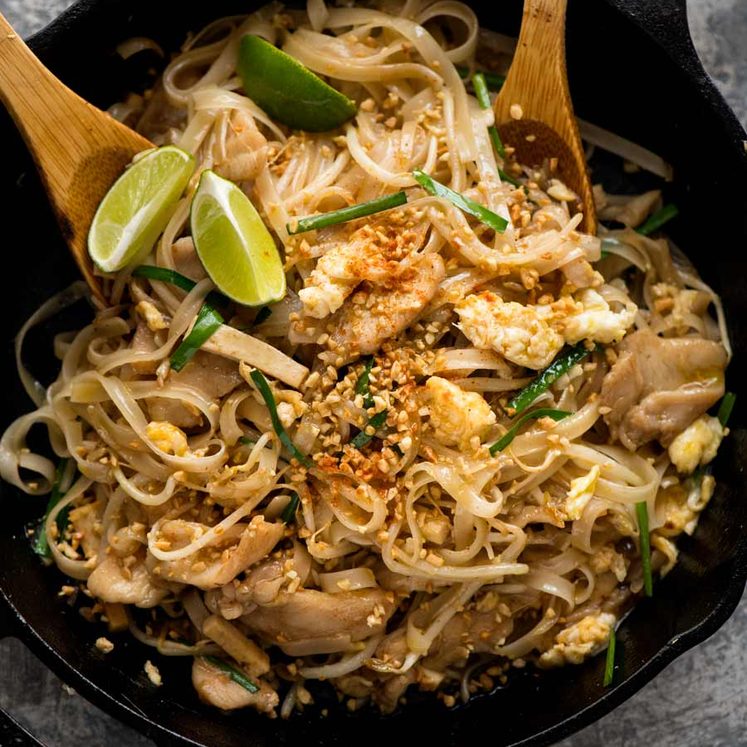
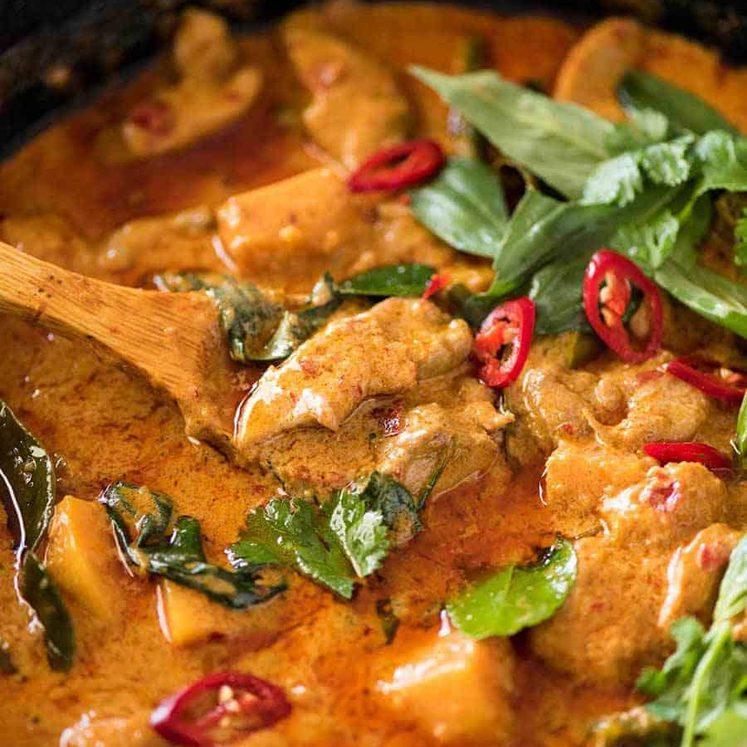
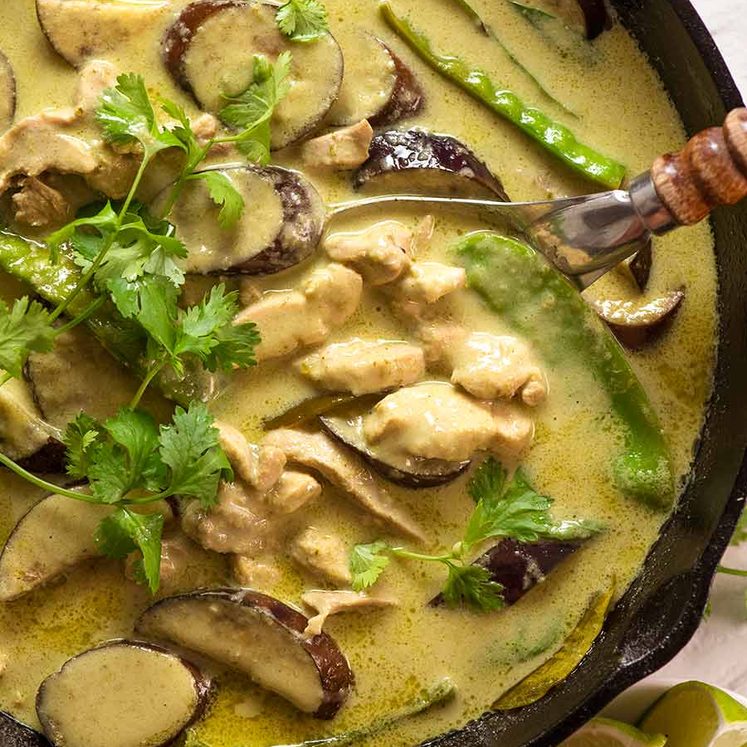

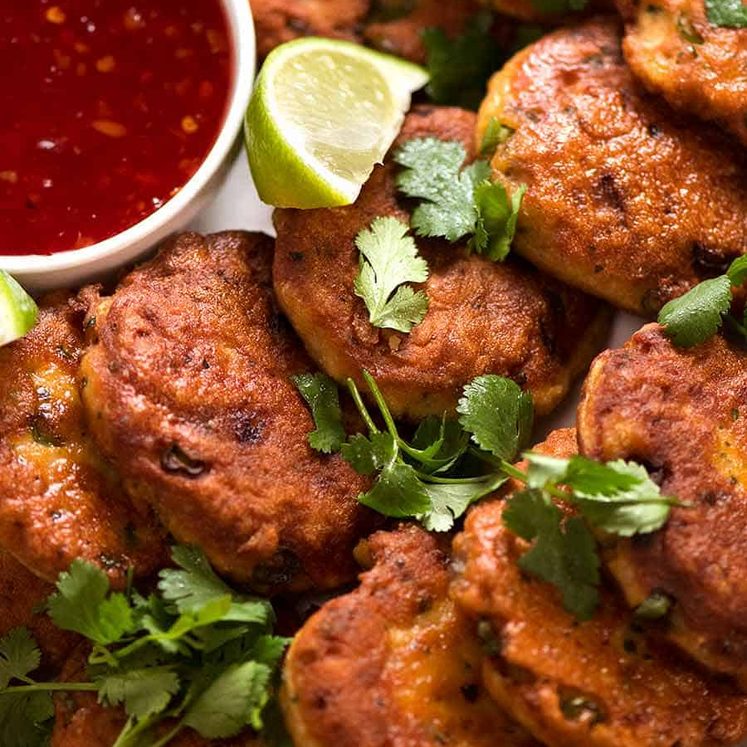
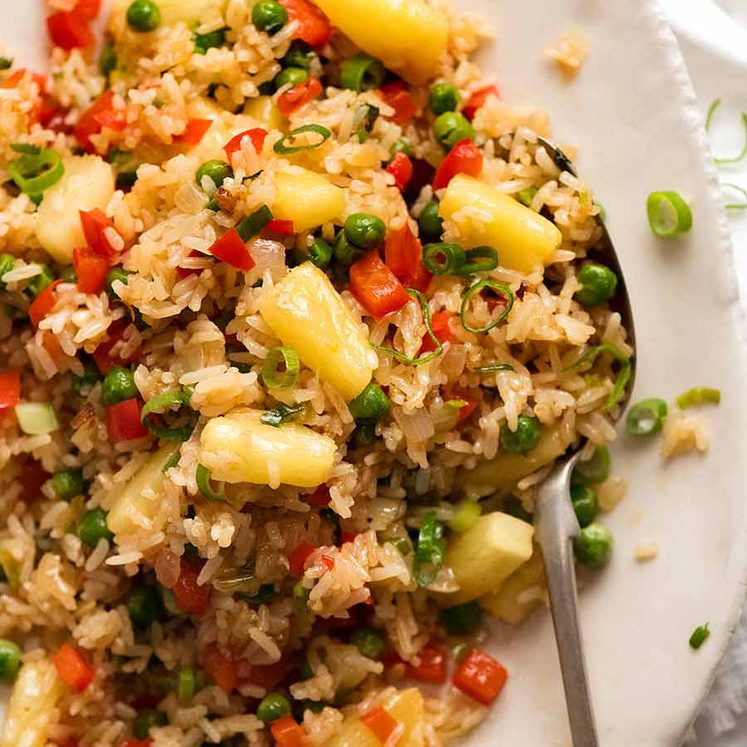
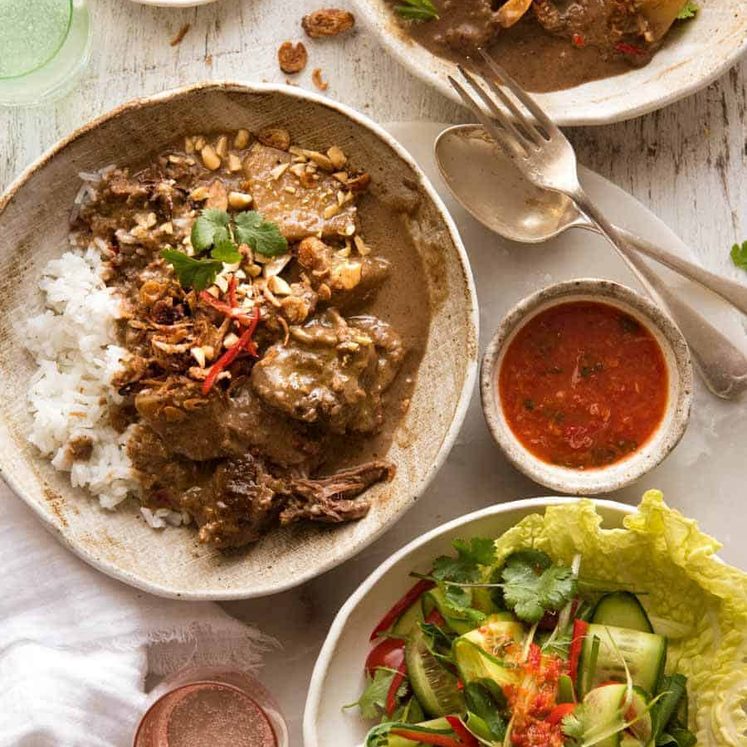

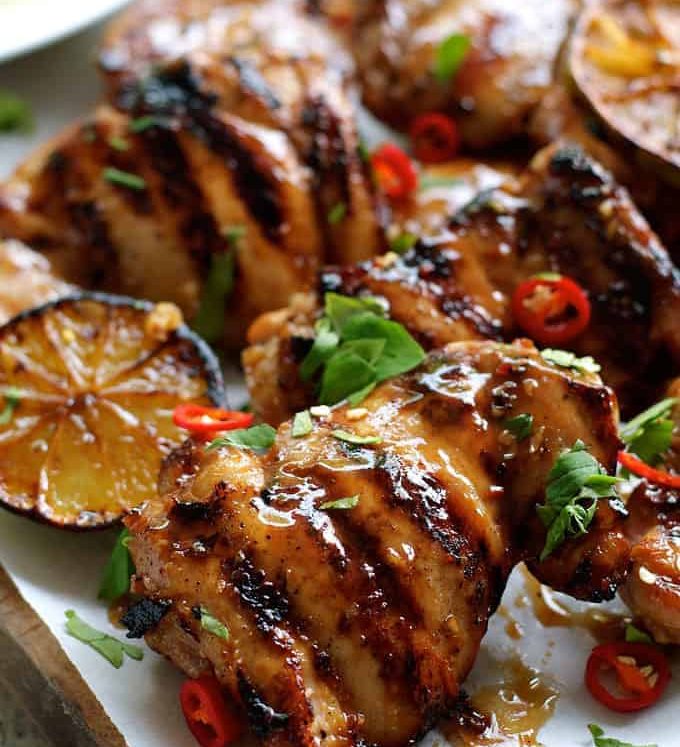
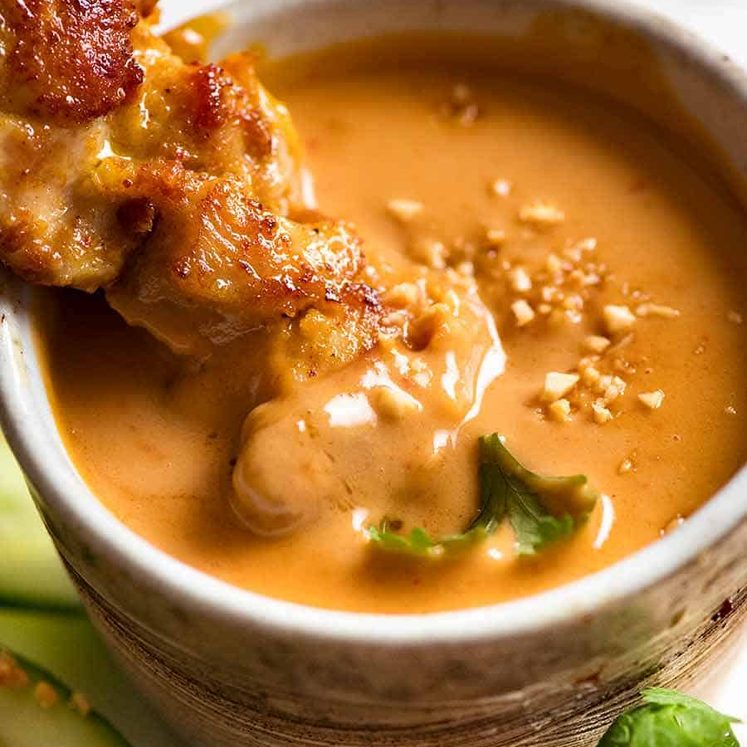
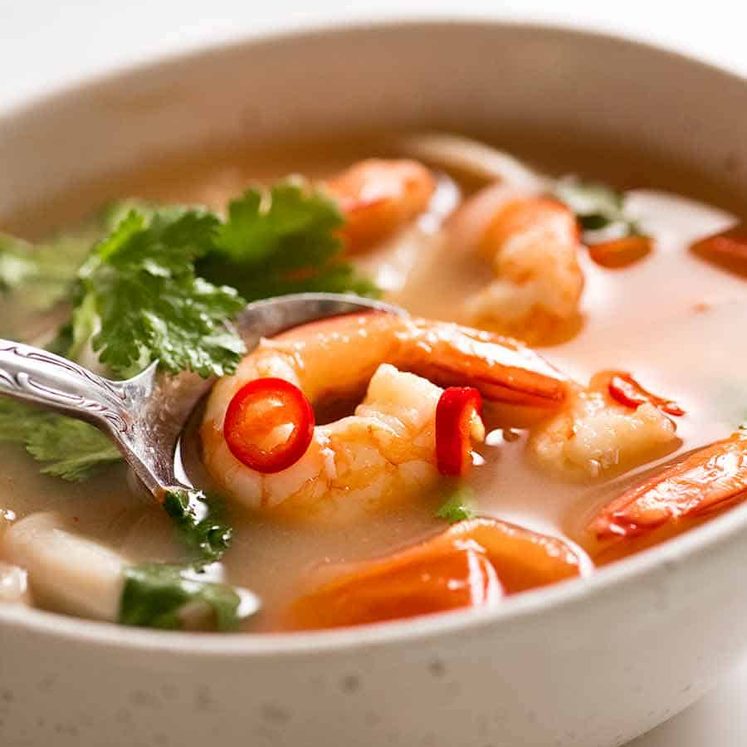
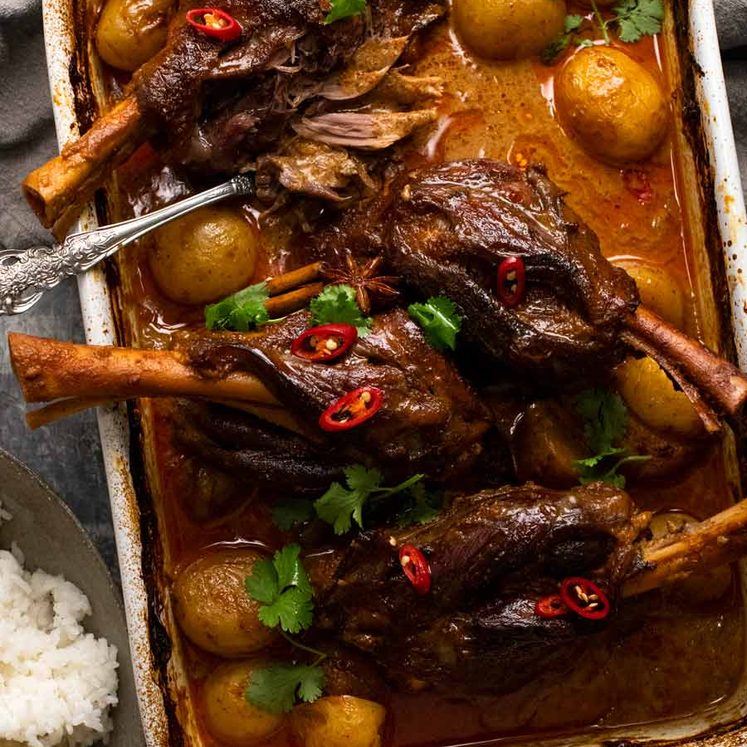
Quick. Easy. Delicious. I even substituted the fresh veg for frozen bits in my freezer (spinach, peas and tofu) and it was still great!
My family loved this dish! I am Thai and this recipe was just as good as my mom’s!
This recipe is amazing! It is my go-to Pad Se Ew recipe, don’t need to look elsewhere. I have been making it for a few years and is a hit with the whole family. It tastes just like take-out. SO GOOD. Thanks for a great one Nagi, as always 🙂
This was easier than I expected to cook. I read many post before trying the recipe to get ideas and forewarns. If you have a soft palette for salt, then you may want to decease the soy sauce and increase the sugar. Also, I soaked the noodles for 30 minutes in very hot water – al dente is an understatement. I threw them in a pot of boiling water for like 2 minutes and that did the trick. Live and learn!
Brilliant!! Easy and on the budget lovely meal! Thank you
I don’t know, much too salty in my opinion. definitely would have gone without a full tablespoon of soy sauce
This was amazing!! My family ate it up! I couldn’t find a few of the ingredients so I used what I had & it was delicious! I substituted hoisen for oyster sauce, egg noodles for rice noodles, and bok choy for Chinese broccoli. Next time I’ll double the recipe so we can have leftovers. Will definitely make this again & again! Thanks for the awesome recipe 🙂
Everyone loved it! Came together super fast.
Oh. My. Gosh! I’ve cooked so many of your recipes and never been disappointed. This dish is no exception – so quick and easy, no mystery ingredients. I used the dried rice noodles, as suggested, and subbed in wombok from the garden, instead of Chinese broccoli. The flavour and texture are as good as you get in a restaurant. Thank you!
This is so quick to make and so insanely delicious. I have a pad see ew habit and this recipe has allowed me to cut down considerably on how often I order in (which is great bc I am broke!!) Haven’t been able to find dark soy sauce or Chinese broccoli in my town but even with regular soy sauce & broccolini it’s perfect. Thank you for this recipe!!!
Convincing! Just made this for the first time and it’s pretty close to what I’ve had at many Thai restaurants in America. The ingredients cost about what a single restaurant meal would cost and now I can eat all the pad see ew I want for weeks and weeks until I’m plump. Thanks, Nagi!
Literally just finished eating this and it was amazing! Easy recipe to follow and I had most of the ingredients. I substituted Chinese broccoli for pak choi like in the notes and it was great. My pad Thai noodles only require soaking in boiling water for 5-10 minutes which is great as I was concerned with clumping that’s being mentioned in the comments. Thanks for the recipe! Looking forward to trying another recipe from your website!
Hi, where can I buy Thai 10 mm dried noodle in Edmonton.
Renee
This is a very good recipe. I made it vegetarian with tofu, substituted oyster sauce with mushroom sauce, it turned out perfect! So rare to succeed on a first try with a recipe. Definitely will look in to your other recipes too. Thank you so much!
*insert “We’re not worthy” GIF*
I’m not kidding when I say that the sauce from this recipe is EXACTLY like the one from Thai Express, which for me is an hour drive away. I am so happy my husband found this recipe and we both regularly use your recipes. Sometimes a couple for the week and sometimes for every single day of the week. ❤
Great stuff! We used XL pad thai noodles (that brand you don’t like as much). I soaked them in very hot tap water until they felt slick and not stiff (probably 20 minutes) and they worked perfectly. My wife said this tasted almost like a great fried rice. Must be the caramelization in the second step. Thanks for another great recipe!
Made this for the first time today! I may never order this from a restaurant again, yours is soooooo good! 😀
Thank you!
Hi! I was planning on making this recipe but can’t seem to find dark soy sauce. Can I replace it with Kecap Manis?
Hi Alexanne, please see the subs in the recipe notes – I hope you love it! N x
Thank you for this recipe!! Just made it today w fresh pad see ew noodles and tofu, instead of chicken. My feedback is, i need to use more sauce and less vinegar but more sugar. Your recipe is a great place to start and determine how to gauge what i need to add more of. Thank you again!!
Made this 3 times. It is my favorite recipe.
WOOT!! Thanks so much for the great feedback Kseniia! N x